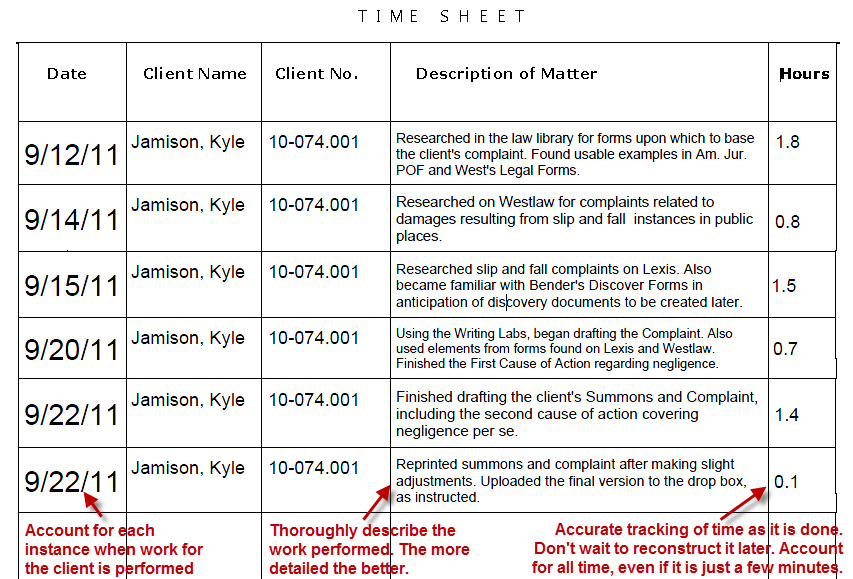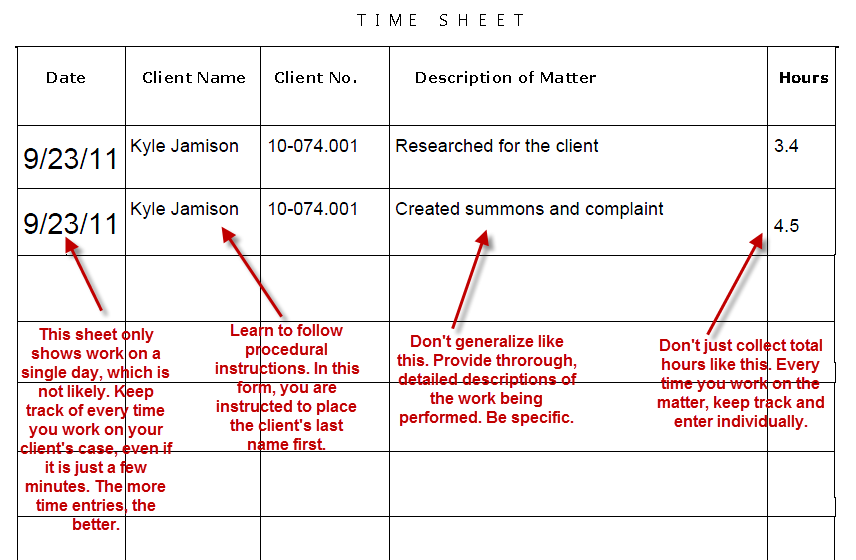Where You Have Been

The average student spends
including the Writing Lab
in importance for exam preparation
6.3
The Complaint
-
Segment ProgressBar

INTRODUCTION
In the previous section we discussed the Summons. In this section we will provide an introduction to the Summons' constant companion: The Complaint. But first, let's talk about what what kind of document a complaint comprises.
Pleadings
A pleading is a document stating the party's position in litigation, and asking the court to take certain measures (such as dismissing the case or awarding damages). The pleadings (sometimes called responsive pleadings) are:
-complaint
-answer (and affirmative defenses *)
-counterclaim
-cross claim
-reply
* Affirmative defenses, if they are claimed, would be included within the answer, and are sometimes considered a pleading. However, it would never be a "stand-alone" document. If it is used, it will be included within the answer.
Lecture Notes . . .
THE COMPLAINT
To create the complaint, use your client's case. If you are representing the defendant in the case, create a counterclaim instead of a complaint. Both are basically the same.
The example provided on the following pages of the manual is of a typical complaint. Please note, however, that every attorney will have his or her own form that she or he likes to use. You will even find variations in the forms and examples you have been provided for this course. Any of the examples provided are appropriate. Don't stress out over subtle differences (like Roman Numerals v. regular numbers!).
Every complaint will contain the following elements in one method or another:
- Court Caption (Sometimes called the Style)
- Statement of Jurisdiction (often provided in the first couple of paragraphs of the complaint)
- Cause of Action (also called Claims for Relief)
- Wherefore Clause (also called Prayer for Relief or Ad Damnum Clause)
- Subscription (The attorney's signature)
Court Caption
As you can see, the caption includes the name of the court, the names of the parties, a place for the case number (which will be filled in when filed at the court), and the title of the document.
Jurisdiction
Usually, the first two or three paragraphs of the body of the complaint deal with jurisdiction. By stating that the Plaintiff or Defendant lives in the physical boundaries of the court, or by stating that the controversy took place there, the court is able to obtain jurisdiction over the matter. For your purposes, you may assume that both parties live in the county where the case is being filed.
A note about "Does and Roes"
"Does and Roes", (referring to John Doe or Jane Roe) as seen in paragraph 3, are simply a way some attorneys protect the right to sue defendants whose identities are not known. This paragraph is provided to make you familiar with the technique, but is not required for your complaint.
Cause of Action
Also called Claims for Relief, this is the body of the complaint. The form provided in this manual uses Common Allegations, starting with the jurisdictional statements, and then tells the story of why the action has been brought. After the Common Allegations (often called General Allegations), each cause of action is titled and set forth.
The form here uses what is called a 3-step cause of action. For each cause of action, the author should draft three paragraphs:
- First Step -
The incorporation paragraph. This paragraph simply incorporates all previous paragraphs.
- Second Step -
Establish the cause being claimed. Link the previously stated actions of the Defendant with the cause of action.
- Third Step -
Allege damages as a result of the cause of action. In order to win at court, damages must be alleged.
These steps are repeated for each cause of action, just as shown in the example.
Remember that you do not have to prove your case in the complaint. In fact, you will never win your case in the complaint! Don't argue. Don't try to convince. Just set forth the facts that your attorney will prove at trial.
There is an old adage: You can never win your case in the complaint, but you can lose your case in the complaint.
Wherefore Clause
Also called the Ad Damnum Clause or Prayer for Relief, this states exactly what the Plaintiff is asking for.
Subscription
By signing the Complaint, the attorney is subscribing to the allegations contained within it, to the best of his or her knowledge. The attorney's Bar Number should be included.
You may also use the complaint template found in the Legal Writing Labs. In fact, unless your instructor provides his or her own template, that is what we recommend.
The Good, The Bad, and The Ugly Time Sheets
You are required to keep track of your billable hours when working on legal research and writing assignments and to turn them in with your written assignments. Click on the examples of Time Sheets below to zoom in and compare. Yours should look like the Good example.

Legal Writing Lab
It is recommended that you use the Legal Writing Labs when you are creating your documents. The Labs allow you to work on the written assignment online while receiving both text-based and audio guidance for every step of the process. JUST CLICK HERE!



